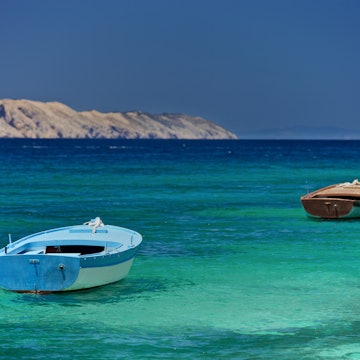
Overview
Serving the classic Dalmatian cocktail of historic towns, jewel-like waters, rugged limestone mountains, sun-kissed islands, gorgeous climate and Mediterranean cuisine, this region is a holidaymaker's dream. Yet it's the cities and islands further south that hog all the limelight, leaving Northern Dalmatia, if not quite undiscovered, then certainly less overrun. Yachties can sail between unpopulated islands without a shred of development, lost in dreams of the Mediterranean of old, while hikers can wander lonely trails where bears and wolves still dwell, and explore three of Croatia's most impressive national parks, which shelter in the hinterland.
Leave the planning to a local expert
Experience the real Northern Dalmatia. Let a local expert handle the planning for you.
Must-see attractions
Get a book. Get inspired. Get exploring.
in partnership with getyourguide






















